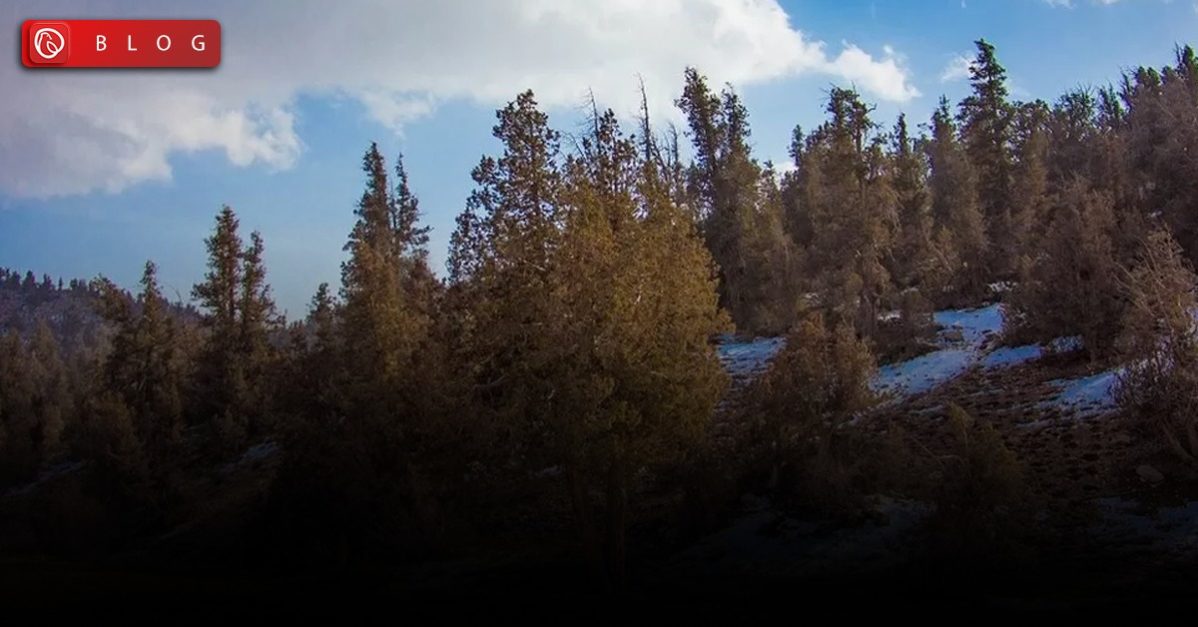Ziarat Juniper Forest is a unique and ancient ecosystem in the Balochistan province of Pakistan. It is home to one of the world’s largest and oldest Juniper trees, estimated to be over 2,000 years old. The forest is considered a natural wonder and was recognised as a UNESCO World Heritage site in 2013.
In this blog, Graana.com brings you the history, significance, conservation efforts, and tourism opportunities related to Ziarat Juniper Forest.
History and Significance of Ziarat Juniper Forest
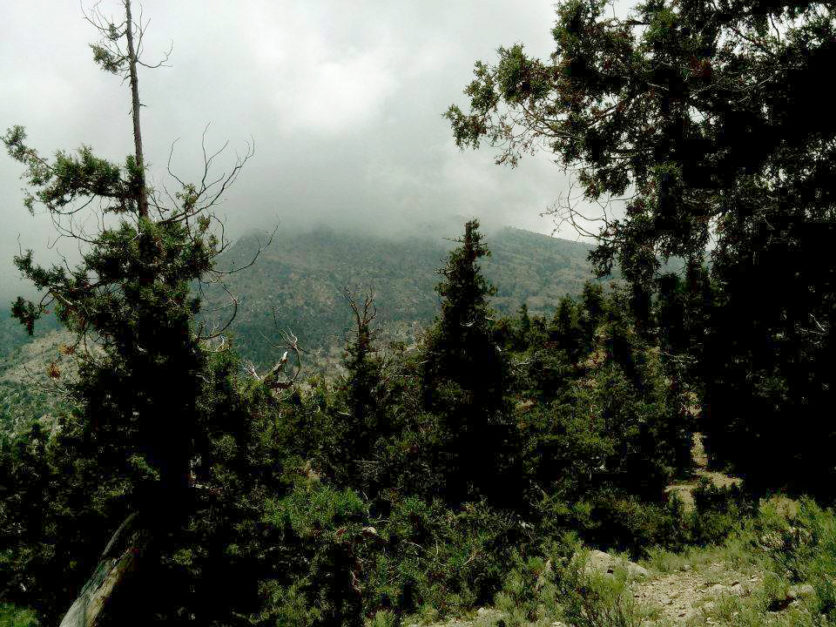
Ziarat Juniper Forest is a unique and ecologically important area in Pakistan’s Balochistan province. The forest is known for its vast stands of ancient Juniper trees, considered to be some of the oldest and tallest in the world. The Juniper trees in the forest are estimated to be over 1,000 years old and are considered to be a living testament to the region’s rich natural heritage.
The history of the Ziarat Juniper Forest dates back to ancient times when nomadic tribes inhabited the area. The Juniper trees were used for various purposes, including fuel, construction material, and medicinal remedies. Over time, the area became an important resource for the local communities and was protected by the tribal elders.
In recent years, the Ziarat Juniper Forest has gained international recognition for its unique and important ecosystem. The forest is considered a vital component of the region’s biodiversity and is home to a rich and diverse array of plant and animal species.
In addition, the Juniper trees in the forest are considered to be a valuable source of genetic information, and research on these trees has led to important discoveries in the fields of ecology and botany.
The Ziarat Juniper Forest is also a popular tourist destination in Balochistan and attracts visitors from around the world interested in the area’s natural beauty and ecological significance. The forest provides hiking, bird-watching, and wildlife viewing opportunities and is an important source of income for the local communities.
Conservation Efforts for Ziarat Juniper Forest

The Ziarat Juniper Forest, one of the most famous forests in Pakistan, is an important and unique ecosystem that requires ongoing conservation efforts to preserve its natural beauty and ecological significance. In recent years, various initiatives have been undertaken to protect the forest and its diverse array of plant and animal species.
One of the most important conservation efforts in the Ziarat Juniper Forest is the protection of the ancient Juniper trees. These trees are considered to be a valuable source of genetic information and are an important part of the region’s natural heritage. Efforts are underway to protect the Juniper trees from overexploitation and to ensure their survival for future generations.
Another important conservation effort in the Ziarat Juniper Forest is the protection of the area’s diverse wildlife. The forest is home to several threatened and endangered species, including the Asiatic black bear, snow leopard, and markhor. Conservation efforts are underway to protect these species and to ensure their survival.
Efforts are also underway to promote sustainable tourism in the Ziarat Juniper Forest. The forest is a popular tourist destination and attracts visitors from around the world who are interested in its natural beauty and ecological significance.
However, the increasing numbers of visitors to the forest have the potential to impact the area’s ecosystem. Efforts are underway to promote sustainable tourism practices that minimise the environmental impact and ensure the forest’s long-term preservation.
Tourism in Ziarat Juniper Forest
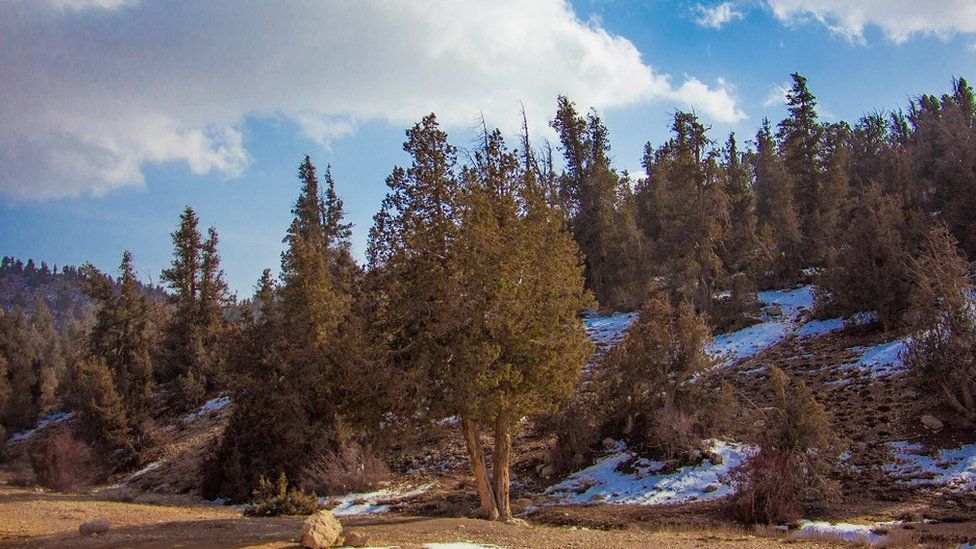
The Ziarat Juniper Forest is a popular tourist destination that attracts visitors from around the world who are interested in its natural beauty and ecological significance. The forest provides a variety of opportunities for outdoor recreation, including hiking, bird-watching, and wildlife viewing.
One of the main attractions of the Ziarat Juniper Forest are the ancient Juniper trees, which are considered to be some of the oldest and tallest in the world. Visitors can hike through the forest and admire the Juniper trees, which provide a unique and awe-inspiring natural spectacle.
In addition to the Juniper trees, the Ziarat Juniper Forest is also home to a rich and diverse array of wildlife, including threatened and endangered species such as the Asiatic black bear, snow leopard, and markhor. Visitors to the forest have the opportunity to observe these species in their natural habitats, providing an unforgettable wildlife viewing experience.
Another popular activity in the Ziarat Juniper Forest is bird-watching. The forest is home to a wide variety of bird species, including several that are found nowhere else in the world. Also, visitors can hike through the forest and observe the birds in their natural habitats, providing an opportunity for bird enthusiasts to add new species to their lists.
Despite its popularity as a tourist destination, the Ziarat Juniper Forest is still relatively undiscovered and provides a unique and peaceful escape from the hustle and bustle of modern life. So, visitors to the forest can enjoy the natural beauty and serenity of the area, surrounded by towering Juniper trees and diverse wildlife.
Getting to Ziarat Juniper Forest
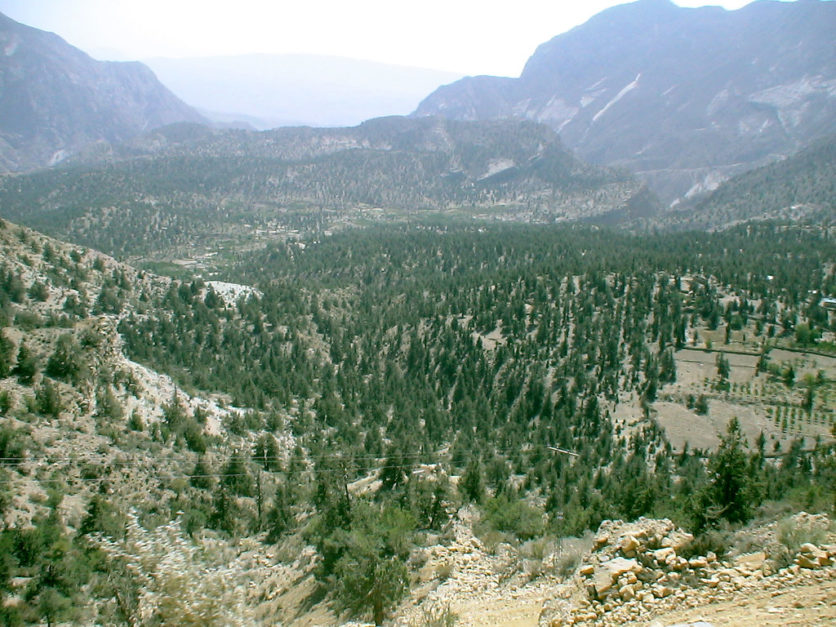
Ziarat Juniper Forest is located in the Balochistan province of Pakistan and is accessible by road. The nearest city is Quetta, approximately 100 km from the forest. Visitors can take a bus or private vehicle from Quetta to the forest.
The best way to get to the forest is by private vehicle, which offers more flexibility and convenience. Several well-maintained roads lead to the forest, and the journey from Quetta takes about 2-3 hours. Visitors can also hire a taxi or rent a car for the trip.
Buses are also available from Quetta to Ziarat, but the frequency and timings of these buses may vary. Visitors should check with local travel agencies or bus operators for the most up-to-date information.
Once in Ziarat, visitors can take a local taxi or jeep to reach the forest. The journey from Ziarat to the forest takes about 30 minutes and offers scenic views of the surrounding landscape.
Flora and Fauna
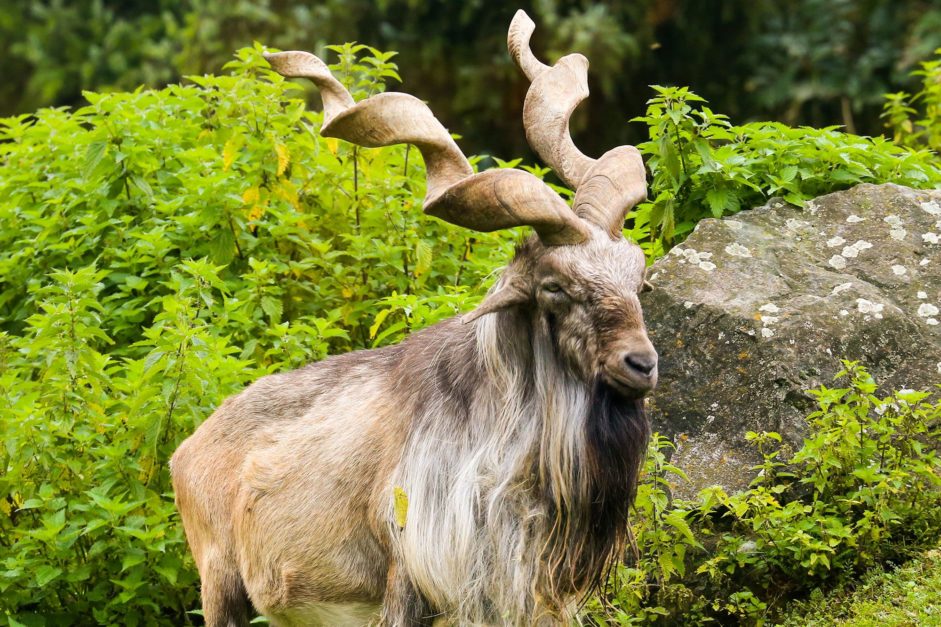
Ziarat Juniper Forest is a unique ecosystem that is home to a diverse array of plant and animal species. The forest is dominated by the Juniper trees, which provide habitat and food for a variety of wildlife. In addition to the Juniper trees, the forest is also home to a rich variety of other vegetation, including shrubs, herbs, and wildflowers. The diverse vegetation of the forest provides food and acts as a wild life sanctuary in Pakistan.
One of the most notable wildlife species found in the Ziarat Juniper Forest is the Asiatic black bear. This specie is considered to be an endangered species and is a top predator in the forest. In addition to the Asiatic black bear, the forest is also home to a variety of other mammals, including the wild boar, Indian crested porcupine, and the grey langur.
In addition to the wildlife, the Ziarat Juniper Forest is also home to a variety of reptiles and amphibians, including the common wolf snake, the Indian rock python, and the skink. These species play an important role in maintaining the ecological balance of the forest and provide food for predators such as the Asiatic black bear.
Furthermore, the vegetation and wildlife of the Ziarat Juniper Forest are interdependent, and the protection of one species is crucial for the survival of the other.
The unique ecosystem of the forest provides important habitat and food for a variety of species, making it a vital component of the region’s biodiversity. The continued preservation of the Ziarat Juniper Forest is crucial for the survival of these species and for the health of the ecosystem as a whole.
This was all about the Ziarat Juniper Forests. For more information on similar blogs such as forests in Pakistan, visit Graana.com.
